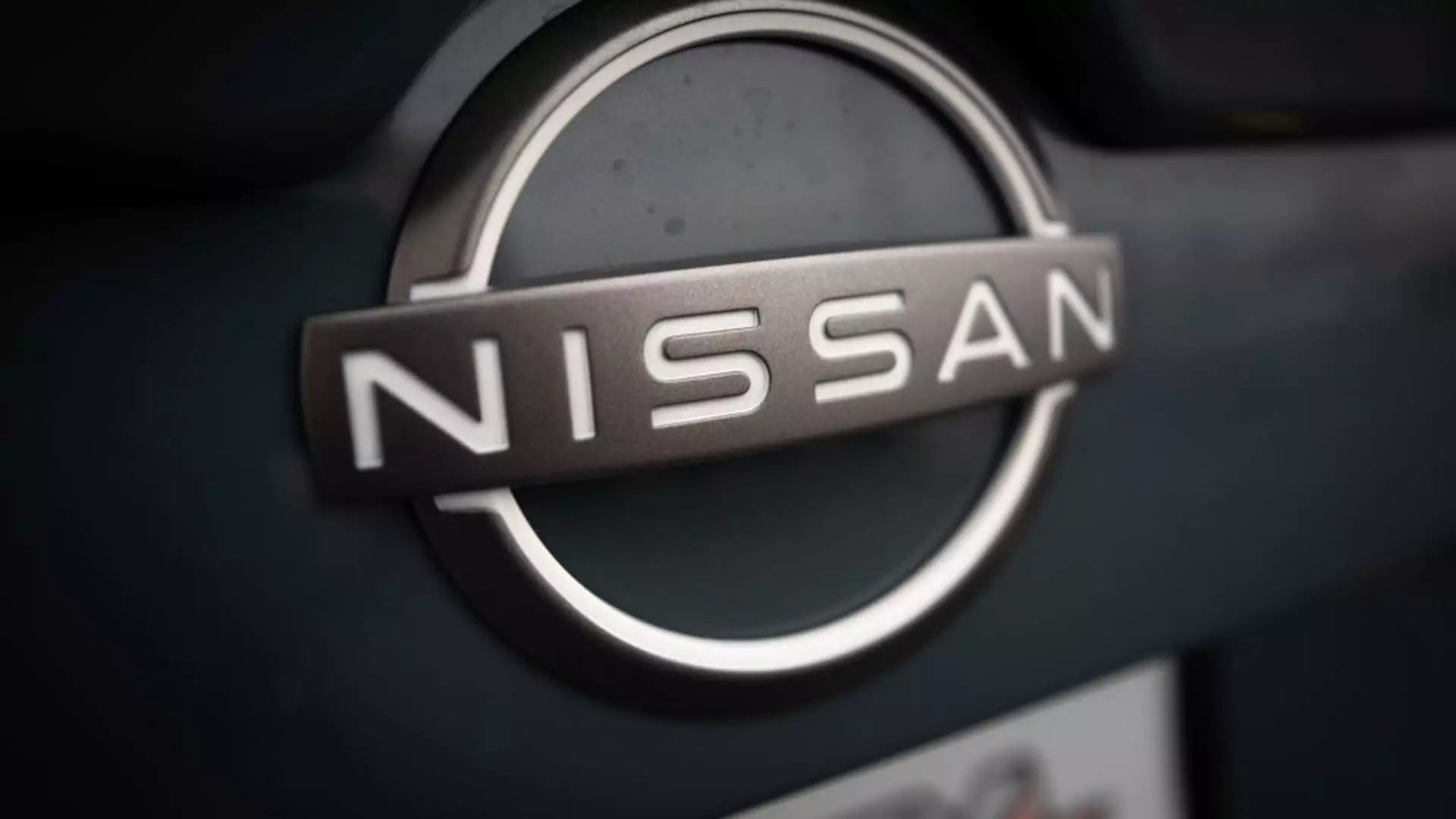Nissan, once hailed as a beacon of innovation in the automotive industry, now stands at a crossroads. The company is reportedly contemplating the closure of two car assembly factories in Japan and additional facilities abroad, including in Mexico. The whispers of plant shutdowns, coming from anonymous sources, send ripples of concern through the Japanese automotive landscape and beyond. This drastic approach raises significant questions about Nissan’s commitment to its heritage and workforce, reflecting a corporate strategy that appears to value numerical efficiency over the intrinsic value of its operations.
The potential closure of the Oppama plant—Nissan’s birthplace, which first rolled off assembly lines in 1961—is symbolic. Shutting down a factory that has been the beating heart of automotive production in Japan for more than six decades feels like snipping the threads of the company’s legacy. With plans to retain only three assembly plants remaining in Japan, one cannot help but wonder: Is this aggressive restructuring sacrificing too much of the company’s identity just to align with a cost-cutting ambition?
The Cost of Success: A Workforce in Jeopardy
CEO Ivan Espinosa’s ambitious cost-cutting plan aims to slice the workforce by around 15%. This decision brings with it not just economic implications, but human ones. Behind the numbers lie real lives, families, and communities tethered to the economic lifeline that these factories represent. It is incredibly disheartening to witness a corporation, driven by market pressures and fiscal quantification, disregarding the emotional and social ramifications of such choices.
The focus on crumbling sales figures—dumping from 3.3 million vehicles in fiscal 2024 to a staggering 42% drop since 2017—paints a bleak picture, yet it also discounts the brand loyalty built over decades by the hard work of its employees. Turning a blind eye to this loyalty can lead to a crisis of morale that can haunt the company for years to come. The philosophy of doing more with less often leads to workforce instability, and in industries like automotive, where craftsmanship meets technology, stability is paramount.
Revising the Playbook: A Shift in Corporate Strategy
This new direction starkly contrasts with the conservative approach championed by former CEO Makoto Uchida, who resisted closing domestic plants. What’s perplexing is how swiftly the company has shifted away from growth ambitions to drastic downsizing. It raises an alarming red flag about the possible inconsistency in Nissan’s long-term vision. Is this merely a reaction to current market pressures, or a reflection of a deeper strategic disarray?
It’s essential to appreciate that the automotive industry is in flux. Electric vehicles (EV) and sustainability protocols are becoming the primary drivers of innovation and market viability. Bridging this gap between technological advancement and production capabilities involves a delicate balance, and parting ways with established production plants could undermine that effort. As Nissan embraces a more aggressive turnaround strategy, is it possible they could miss the opportunity to pivot creatively within their existing frameworks?
A Global Impact: The Wider Implications of Cutbacks
Beyond the borders of Japan, the potential closure of plants in South Africa, India, and other markets signals a troubling trend of revamping that could disrupt international collaborations and local economies. For instance, Mexico has been a vital hub for manufacturing efficiency and cost-effectiveness. Cutting back on factories there could destabilize Nissan’s ability to respond swiftly to market demands, affecting their competitiveness in the long run.
The ripple effects of downsizing industrial capability extend beyond just Nissan; they can lead to a cascading effect on suppliers, service sectors, and even local government revenues due to declining corporate tax contributions. As such, the ramifications of these decisions are multifaceted and could earmark Nissan not just as a case study in corporate restructuring but also as a cautionary tale of via trade-offs that risk alienating stakeholders for short-term gains.
Nissan is at a turning point where decisions made today will echo for years to come. While the desire for efficiency is understandable, the method of execution—by dismantling long-held traditions and jeopardizing community ties—presents a perilous gamble for a brand that has inspired generations of car enthusiasts. Whether or not they can maintain their relevance amid such turmoil remains an unfolding narrative laced with uncertainty.



Leave a Reply